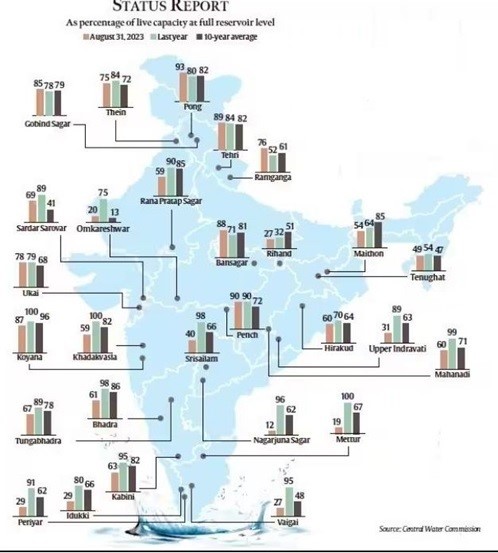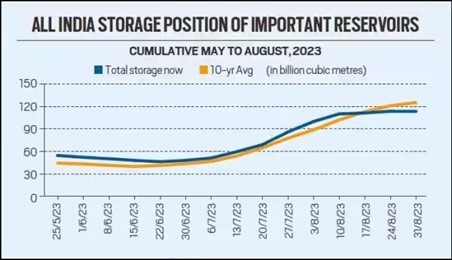Free Courses Sale ends Soon, Get It Now


Free Courses Sale ends Soon, Get It Now



Disclaimer: Copyright infringement not intended.
Context
Details

Temperature and precipitation In August 2023
Why was August one of the driest months on record?
The following are the consequences of a rainfall deficit:
Significance of reservoirs
States having the highest and lowest rainfall
|
PRACTICE QUESTION Which region in India gets more rain from the northeast monsoon than the southwest monsoon? Explain. |
© 2024 iasgyan. All right reserved